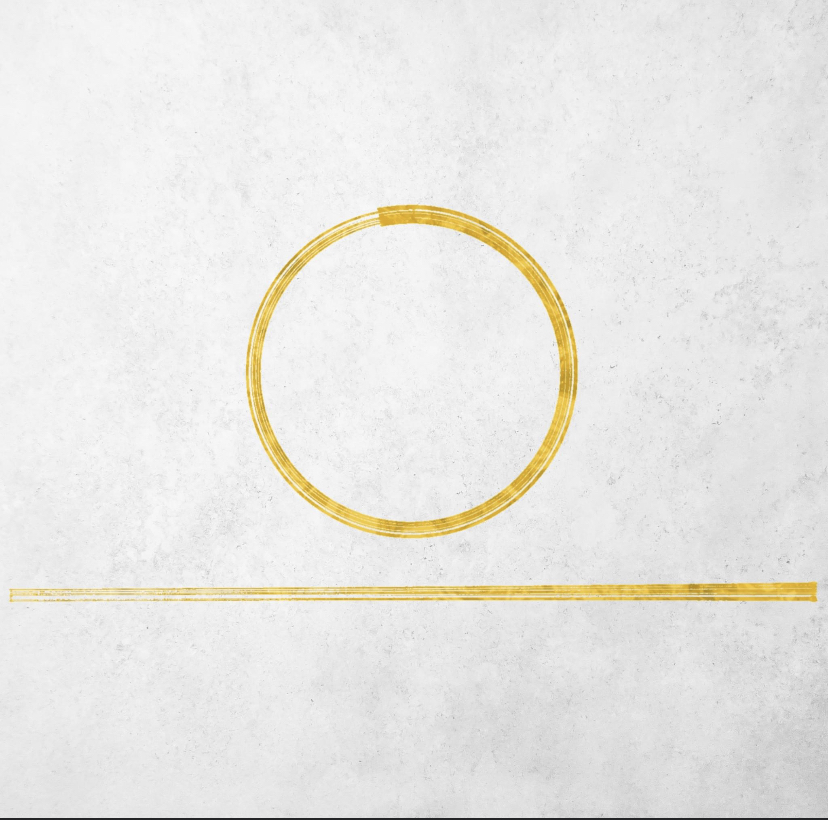Embracing the Art of Patience My Journey from Traditional to Pinhole Photography
- Jessica Dawn

- Jun 20
- 4 min read
Photography has always captured my heart, taking me on countless adventures to remarkable places and diverse cultures. From a young age, the thrill of framing a shot and freezing a moment in time fascinated me. However, I realized I often moved too quickly—snapping photos without fully engaging in the experience. This realization led me down a reflective path where I decided to explore the world of pinhole photography.
Creating my own pinhole camera reinvigorated my love for photography, inviting me to slow down and appreciate the nuances of light, form, and moments that often went unnoticed. This blog post shares my journey of discovering the wholesome differences between pinhole photography and traditional photography, emphasizing the importance of patience in the artistic process.
What is Pinhole Photography?
Pinhole photography is one of the simplest yet most magical forms of photography. It involves using a light-tight box or container with a very small aperture—often just a tiny hole instead of a traditional lens. This method captures images by allowing light to pass through the aperture and hit a light-sensitive material, such as photographic paper or film.
What makes pinhole photography unique is the lack of complex lens systems. This simplicity translates to softer images and a beautiful, dreamy aesthetic, often characterized by a wide depth of field. Each photograph tells a story—it feels almost as though it has a personality of its own.

The Experience of Making My Own Pinhole Camera
The first step in my adventure was constructing my own pinhole camera in Art School. I gathered materials such as a small tin can, black tape, and photographic paper for the film. I found an exciting sense of anticipation as I carefully crafted my camera, realizing this journey was as much about the process as the final outcome. I recently revisited this, and without access to a darkroom, I incorporated the use of my iPhone to capture photos of the projection, thus bringing this art form into the digital age.
All the original principles still apply, with each step—cutting the aperture, sealing the edges, and preparing to test—I allowed myself to become fully immersed in the experience. There was no rush, no pressure of perfection. Creating something from scratch was a thrilling exploration, reminiscent of the early days of photography when pioneers experimented with basic methods.
Slowing Down the Pace: The Mindset Shift
One of the most significant differences I noticed between traditional and pinhole photography was the shift in mindset. Traditional photography often promotes speed—the urge to capture everything instantly with high-tech gadgets. I found myself frequently adjusting settings on my camera, worrying about lighting conditions, and managing other technicalities.
Pinhole photography flipped this on its head. Each image requires a longer exposure time, often ranging from seconds to several minutes or even hours! This slowing down process means I sought out the ideal frame, contemplated the composition, and honed in on the light. I learned that patience can cultivate deeper observations, enriching my overall artistry.

A Different Visual Aesthetic
The aesthetic qualities of pinhole photography also stand apart from traditional photography. Where traditional cameras offer sharpness and vibrancy, pinhole images often carry a soft, ethereal vibe. The results can yield charming vignettes, lens flare, and a distinct dreamlike quality that invites viewers to experience the image rather than simply glance at it.
With each pinhole photograph I developed, there was a renewed sense of wonder. Each image felt less like a documentary shot and more like an artistic expression, allowing me to convey feelings and concepts beyond mere facts.
Engaging with the Environment
Pinhole photography encouraged me to engage more meaningfully with my environment. Instead of hastily capturing images, I took the time to scout locations, feel the atmosphere, and appreciate the details often overlooked in daily life.
Every session became an exercise in mindfulness, where I immersed myself in the sounds, scents, and sights around me. When I finally pressed the shutter, it felt like an extension of my experience rather than a mechanical action.

The Joy of Imperfections
In the realm of pinhole photography, imperfections are not only expected but embraced. Some images might come out overexposed, underexposed, or have unusual light leaks. Instead of feeling disheartened by these “flaws,” I began to celebrate them.
These quirks offered an authenticity that traditional photography often lacked. In a world where everything is filtered and perfected, pinhole images serve as a refreshing reminder that beauty lies in the unpredictable and the imperfect.
Exploring Creativity
With my new pinhole camera, I found creative liberation. The limitations of the medium became my playground. Without distractions from advanced settings and features, I let my imagination take the lead. It was about embodying the process, experimenting with different exposure lengths, and playing with mixed media.
As I advance in my craft, I am inspired to discover alternative ways to use pinhole techniques—incorporating textures, natural elements, or even double exposures. Each creation is so unique, a testament to my evolving artistic vision.

Conclusion: A Heart Full of Appreciation
My journey into pinhole photography has deepened my appreciation for the art form and my connection to the world around me. By embracing the simplicity and charm of this photography style, I’ve learned to slow down, savor the moments, and express my creative spirit in a more meaningful way.
As I continue to explore both traditional and pinhole photography, I look forward to capturing stories that resonate deeply within my heart. If you haven’t ventured into the world of pinhole photography, I invite you to give it a try. It’s a beautiful reminder to embrace patience—both in art and life—and discover the wondrous experiences that unfold when we slow down.

.png)



Commentaires